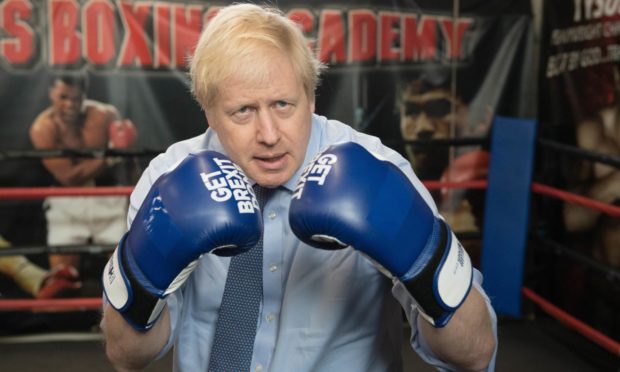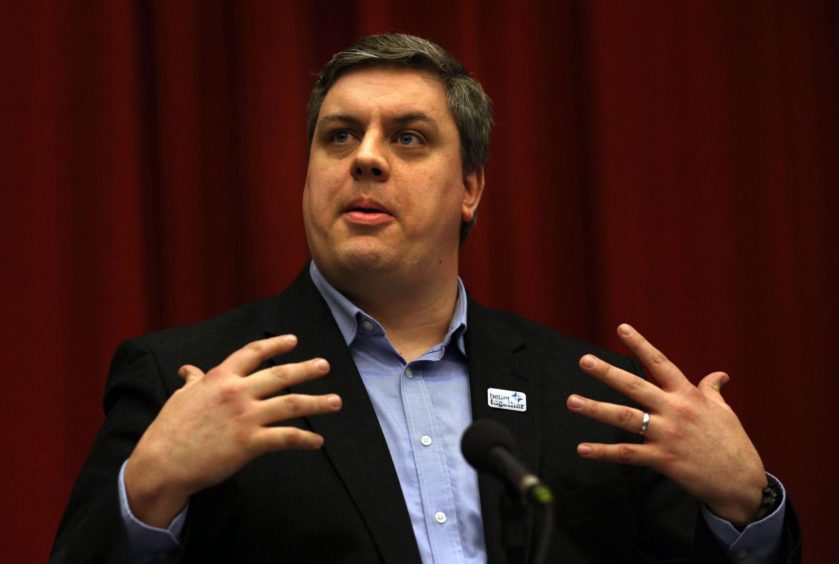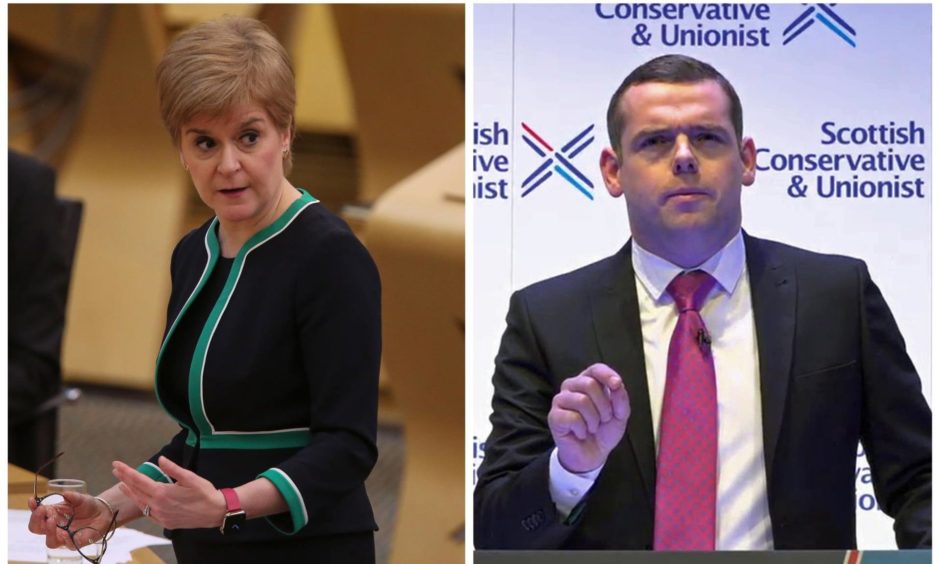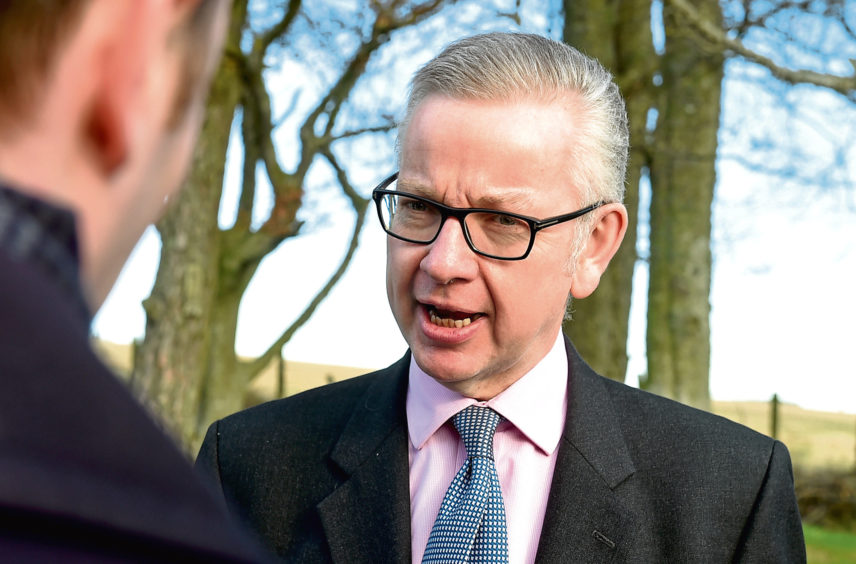Boris Johnson is a battle-hardened bruiser used to dealing knockout blows in the political arena.
The prime minister was victorious in two London mayoral elections, the Brexit vote, Tory leadership contest and a general election to boot – but a second Scottish independence referendum is not a fight he can win.
Johnson is at best not liked in Scotland, at worst… well, it’s best not to dwell.
This fact is, of course, not new news, there has been a steady stream of worsening popularity polls since Johnson got his hands on the keys to Number 10 in 2019.
The reasons why are well known, a comfortable majority of Scottish voters backed Remain in 2016 and Johnson was Brexit’s biggest backer, his perceived ill-handling of the pandemic has contributed and, not least, his eccentric style doesn’t land north of the border.
Wild horses
It would have been worrying therefore for Unionists to see the prime minister’s comments on his jaunt north last week, when he remarked “wild horses won’t keep me away” from campaigning in Scotland. Maybe not, but his colleagues in the Scottish Tory party may end up having a go.
The prime minister would do well to heed the words of Blair McDougall, the mastermind of the 2014 Better Together campaign.
In an interview last weekend, he contrasted Johnson with David Cameron, who he said played a “very smart” role in 2014 by not being a “foil” for the SNP.
“He boxed clever and kind of stepped back from it. There is a distinct lack of that artistry from Boris Johnson, where every intervention is briefed as being the intervention that will save the Union,” he said.
Since Johnson took office there has been a slow evolution in Number 10’s handling of the SNP and the question of independence; first it was indifference, then offhand dismissals and recently there has been more considered arguments about the merits – culturally, emotionally and financially – of the Union.
But as in 2014, the campaign to determine Scotland’s future will ultimately be fought and won in Scotland and the man leading the Union charge, Douglas Ross, will need his boss to start understanding that.
Since becoming Scottish Tory leader, Ross has locked horns with Johnson on a number of issues and racked up several wins in the process.
The Moray MP has kicked up a fuss about post-Brexit agricultural standards, Scots’ access to furlough cash during the pandemic and, most recently, border turmoil for fishing businesses.
He has delivered public criticism of Johnson’s presentational approach, and taken the prime minister to task after he branded devolution a “disaster.”
As we start on the long march towards a second referendum, Ross will need to convince the prime minister to take a back seat.
A couple of Union flag-clad visits a year and a spreadsheet detailing how much Holyrood has been given in Barnett consequentials won’t cut it – the polls are starting to suggest that Scots are ranking sovereignty above money, as England’s Brexit voters did in 2016.
Ross is aware of this and has started to make the case more forcefully – this week challenging Nicola Sturgeon to a debate on their competing visions for Scotland’s future.
Economy is key
In London, Cabinet Office Minister Michael Gove chairs a weekly committee to discuss Union strategy, with representation from the Treasury, Cabinet Office, Scotland Office, Wales Office and Northern Ireland Office.
Sources talk of different strategies being floated but say the main focus will be on how the UK Treasury has and will continue to support the economy after the pandemic.
There are also said to be more radical suggestions in the as yet unpublished Dunlop Review, with recommendations said to include moving large sections of Whitehall to the nations and regions.
Whether such moves have any cut through are yet to be seen, for in the emotive referendum age we live in, there is now little room for nuanced consideration of policy.
Questions are now decided, more often than not, on personalities, that is why Johnson must ultimately leave the ring for this fight.
There are some who say there doesn’t need to be a fight, at all, as Johnson can simply turn down a section 30 order. But in the likely event May’s elections return a pro-independence majority, that line of defence will not hold long.
The SNP have also upped the stakes with their plan to hold a referendum regardless of whether Westminster consents.
Make no mistake, this fight is coming and the Unionists would do well to start preparing.
Dan O’Donoghue is the Press and Journal’s political correspondent at Westminster.













